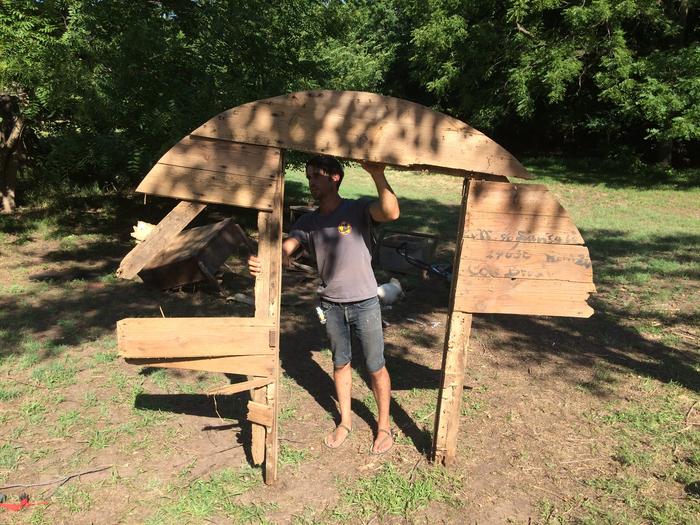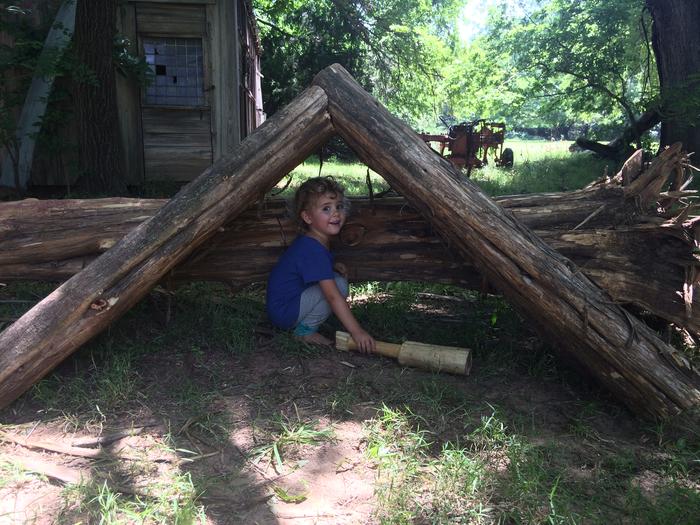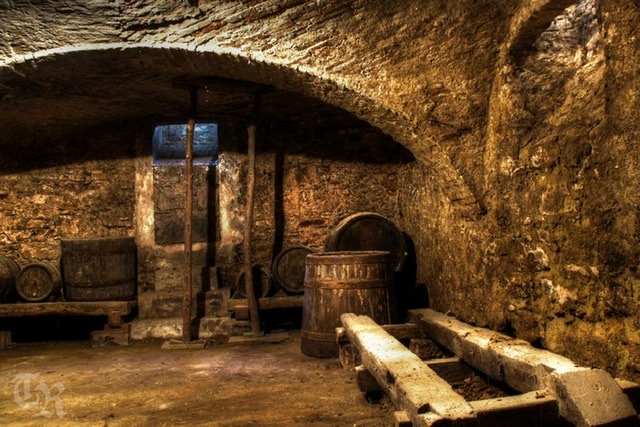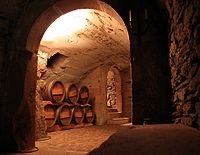
 18
18




 4
4




If there is one thing the Wizard of Oz has taught me, it is not to trust school teachers on bicycles.
 3
3




John F Dean wrote:Years ago I reclaimed a root cellar that had been filled with coal ash. It was quite the experience. If I remember correctly, the ash ended up on the driveway. And yes, there were many buried treasures. Oddly, the timbers holding the roof were in good shape.
 13
13





 14
14





 2
2




John Daley Bendigo, Australia The Enemy of progress is the hope of a perfect plan
Benefits of rainfall collection https://permies.com/t/88043/benefits-rainfall-collection
GOOD DEBT/ BAD DEBT https://permies.com/t/179218/mortgages-good-debt-bad-debt
 6
6




John C Daley wrote:I am curious about the need to take those trees out. Would they have shaded the ground and been useful for their produce?
 3
3




I make a Maple Syrup instructional movie! Check it out HERE
SKIP books, get 'em while they're hot!!! Skills to Inherit Property
See me in a movie building a massive wood staircase:Low Tech Lab Movie
 3
3




All of the above? You definitely need air flow for both people during a storm and to stop the build up of gasses given off from some fruits that encourage ripening, and airflow will decrease the risk of mold.Looking down from rear vent shaft. I am curious the original purpose of this shaft. Emergency egress, should stair become unusable in a storm event? Warmer storage of fruits?
Visit Redhawk's soil series: https://permies.com/wiki/redhawk-soil
How permies.com works: https://permies.com/wiki/34193/permies-works-links-threads
 1
1




John Daley Bendigo, Australia The Enemy of progress is the hope of a perfect plan
Benefits of rainfall collection https://permies.com/t/88043/benefits-rainfall-collection
GOOD DEBT/ BAD DEBT https://permies.com/t/179218/mortgages-good-debt-bad-debt
 5
5




John C Daley wrote:As a Civil Engineer I need to remind you the walls are made of concrete, cement is an additive to concrete.
Not withstanding, those walls do not look damaged at all from tree roots.
The photo of the other outlet is poor, what is it actually showing?
 2
2




Jay Angler wrote:Great job on the round-wood woodworking - and a cute supervisor you've got!
 1
1




Mike Haasl wrote:Looks like you'll have a great Oddball BB submission with this project. Or Homesteading Oddball would give you even more points...
Mike Haasl wrote:Isn't roundwood kinda fun?




John Daley Bendigo, Australia The Enemy of progress is the hope of a perfect plan
Benefits of rainfall collection https://permies.com/t/88043/benefits-rainfall-collection
GOOD DEBT/ BAD DEBT https://permies.com/t/179218/mortgages-good-debt-bad-debt
 3
3








John Daley Bendigo, Australia The Enemy of progress is the hope of a perfect plan
Benefits of rainfall collection https://permies.com/t/88043/benefits-rainfall-collection
GOOD DEBT/ BAD DEBT https://permies.com/t/179218/mortgages-good-debt-bad-debt
 2
2




Visit Redhawk's soil series: https://permies.com/wiki/redhawk-soil
How permies.com works: https://permies.com/wiki/34193/permies-works-links-threads
 4
4




Finding the hard way to do anything.
 2
2




 4
4




 2
2




 6
6






Finding the hard way to do anything.
 9
9




 5
5




 7
7








If there is one thing the Wizard of Oz has taught me, it is not to trust school teachers on bicycles.
 1
1




 2
2





 4
4




Heidi Peters wrote:How are you keeping the ground level moisture under control? You mentioned an additional air intake pipe being installed possibly. Will you be adding a drain at the same time?
Heidi Peters wrote:I am planning on adding a cold storage room or "wine cellar" in my basement as my first food storage after working on my pantry. I will be insulating it from the heated part of the house and keeping the exterior wall as exposed cinder block, the floor is concrete. I will also be adding a low air intake and high exhaust to the room. The intake I'm planning on doing as an earth tube that drains any condensations in the pipe outwards of the house. I will also be learning as I go as to what the humidity levels are near the floor compared to the ceiling. Such a fun project be working on!
 3
3








 1
1




 1
1




 1
1




Gabby Jones wrote:Beau,
May I ask where you live? I am studying an old root cellar in Arkansas that looks like yours before your renovation of it. Trying to determine its age.

|
You don't know me, but I've been looking all over the world for. Thanks to the help from this tiny ad:
Homestead Pigs Course
https://permies.com/wiki/365748/Homestead-Pigs
|






